energy hydroelectric renewable
Pros and Cons of Hydroelectric Energy
5 minute readWhat are the pros and cons of hydroelectric energy? Pros of hydropower Cons of hydropower Renewable and sustainable Impact on
Home > Learning Center > Sustainability > What Are the Best Fossil Fuel Alternatives?
4 minute read • Last update March 2024

There are many sustainable alternatives to fossil fuels including solar, wind, hydro, nuclear, biomass/biofuel, and geothermal. Fossil fuels are the majority energy sources around the globe, but renewables are picking up steam as the fight against climate change progresses.
Natural gas is indeed a fossil fuel, but burning natural gas releases about half of the greenhouse gases you can expect from burning oil and coal. There are abundant reserves of natural gas across the U.S., and it’s versatile enough to use in a number of applications. For those reasons, natural gas can be a fantastic bridge fuel until we make a complete switch to greener, more sustainable energy sources. On the downside, it is still a fossil fuel and, therefore, not a permanent energy solution.
Natural gas is used to produce about 22% of the world’s electricity.
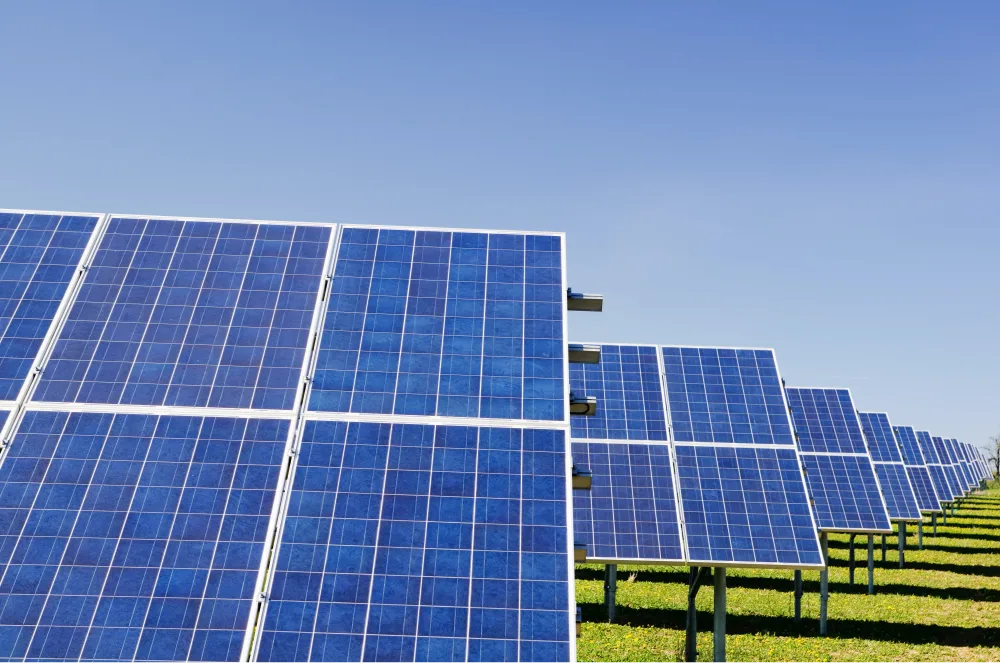
Solar energy harnesses sunlight to generate electricity through photovoltaic (P.V.) panels or concentrated solar power (CSP) systems. Solar energy is both renewable and abundantly available. It can reduce our reliance on fossil fuels and reduce energy costs for consumers in the long run. Best of all: solar doesn’t cause any direct emissions. There are some cons, though. Solar energy is dependent on sunlight, which isn’t always available, and installation costs and space requirements are substantial.
Solar power is utilized to generate about 4-5% of the globe’s electricity.
Wind energy uses wind turbines to convert wind power into electricity. Like solar, it’s renewable and clean, doesn’t produce direct emissions, and is rapidly deployable. It does depend on variable wind patterns and may have a visual and land impact. The intermittent nature of wind energy means it cannot alone replace fossil fuels. However, it is an important part of the green energy mix.
We rely on wind energy to produce nearly 8% of the electricity around the world.
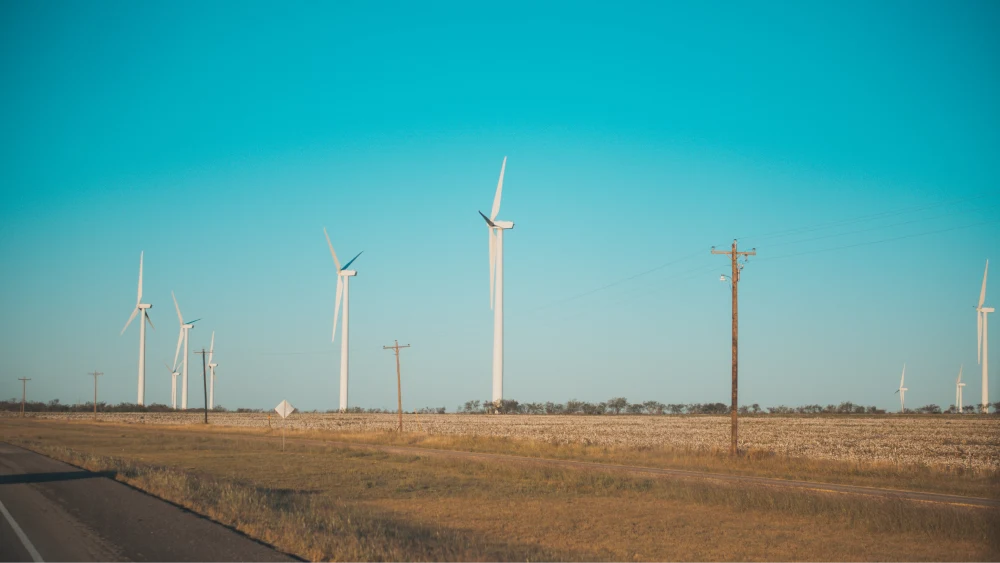
Hydropower utilizes the energy of flowing or falling water to generate electricity through turbines. Hydropower isn’t just renewable and reliable but is perfect for large-scale power generation. Hydroelectric dams have a long lifespan and have additional benefits, including flood control and water management benefits. That’s not to say that there won’t be social and environmental concerns that need to be addressed. Hydropower may have environmental and ecosystem impacts and can lead to the displacement of communities and habitats. Suitable locations are few and far between, and there may be sedimentation and reservoir management issues that have to be mitigated.
15% of electricity around Earth is produced from hydropower. Two examples of hydroelectric power include wave power and tidal power.
Nuclear energy generates electricity through nuclear reactions. Nuclear plants emit very low carbon emissions and produce very high, reliable energy outputs. On the downside, nuclear power plants are extremely expensive to set up and somewhat controversial due to nuclear waste disposal and safety concerns.
About 9% of the world’s electricity is generated by nuclear power plants.
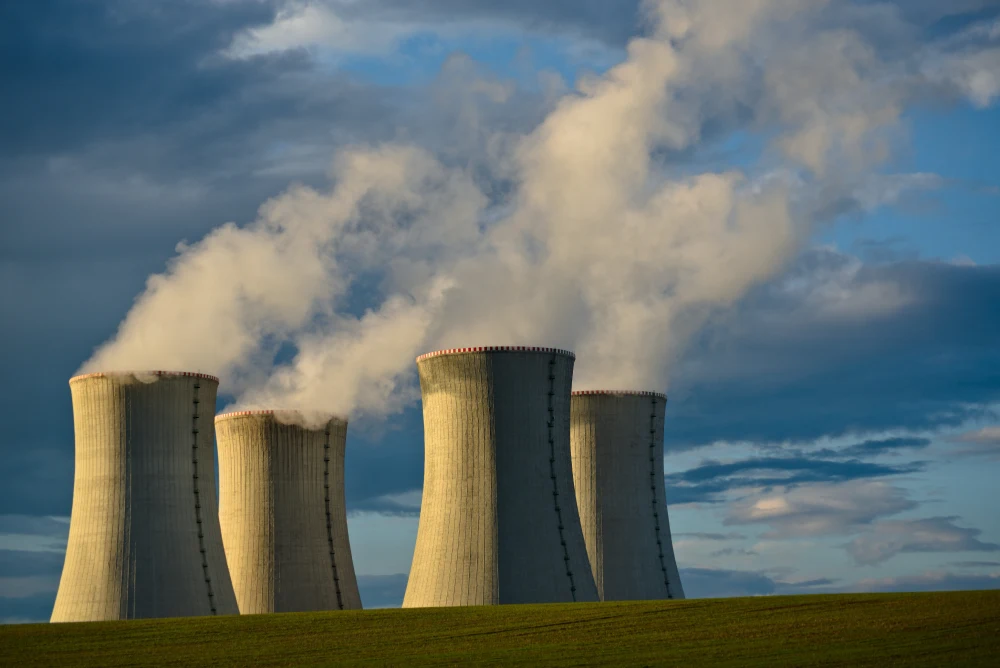
Biomass and biofuels are derived from organic materials, such as agricultural crops, wood, or algae, and can be used for heat, electricity, or transportation. Biofuels are potentially carbon-neutral or carbon-negative and renewable and utilize organic waste and byproducts. On the downside, it’s not easy to scale production, and there is potential for deforestation and biodiversity loss.
Bio renewables are responsible for producing less than 3% of electricity around the globe.
Geothermal power harnesses the heat generated by volcanic activity beneath the Earth. Geothermal power is a form of renewable energy that harnesses heat from the Earth’s core to generate electricity. The Earth’s interior is incredibly hot, with temperatures reaching thousands of degrees Celsius in the deeper layers. This heat is the result of the natural radioactive decay of elements in the Earth’s mantle and core.
Because geothermal power depends on local geographic conditions that provide access to the Earth’s heat, it is not widely used around the planet. It currently generates less than 1% of the world’s power. However, it can be very effective in the right places. For example, 30% of the electricity generated in Iceland comes from geothermal sources.
There is a growing movement to reduce our reliance on fossil fuels due to their environmental and geopolitical risks. However, fossil fuels are still a major source of energy for the world and are not expected to be entirely replaced by renewables in the near future.
Fortunately, renewable energy sources are becoming increasingly affordable and efficient, and they are not subject to the same price volatility as some fossil fuels.
The switch to renewables will not be easy. It will require significant investment in new technologies and infrastructure.
Renewable energy sources, such as solar and wind power, are also not always available. This can be a challenge for grid operators, who need to ensure that there is always enough electricity to meet demand. While we transition to increased reliance on renewables, natural gas can be a viable fuel source to help reduce carbon emissions as we reduce our dependence on oil and coal energy.
Graham Lumley, Digital Marketing Manager at BKV Energy, leads digital and traditional marketing strategies, focusing on educating Texans about the state's deregulated energy market. With over 8 years of marketing experience, he creates content to help consumers understand and save on their energy bills, bringing a fresh and dynamic approach to the industry.
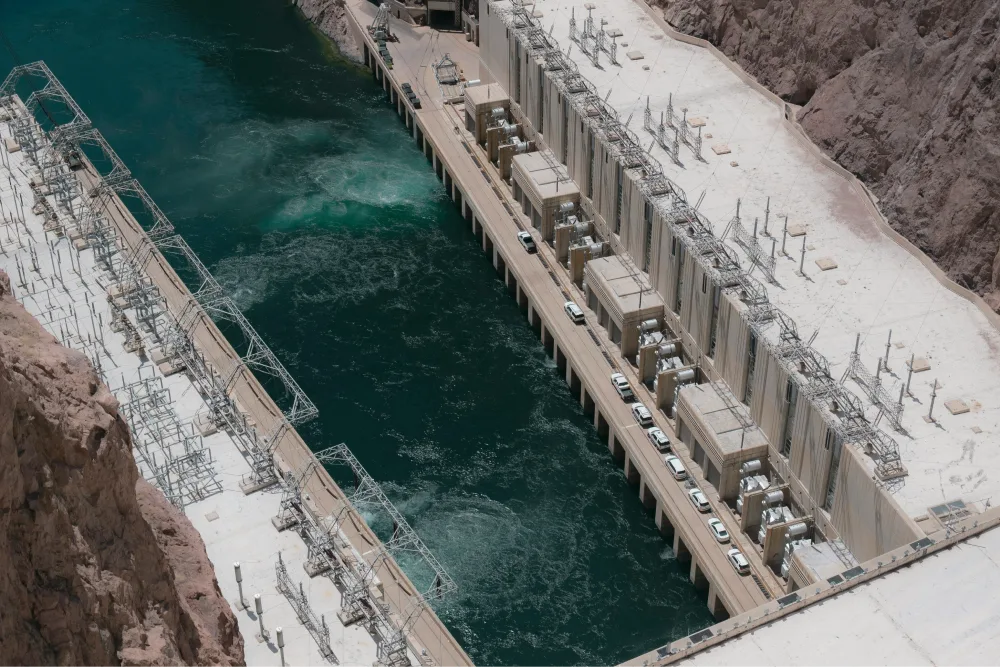
energy hydroelectric renewable
What are the pros and cons of hydroelectric energy? Pros of hydropower Cons of hydropower Renewable and sustainable Impact on
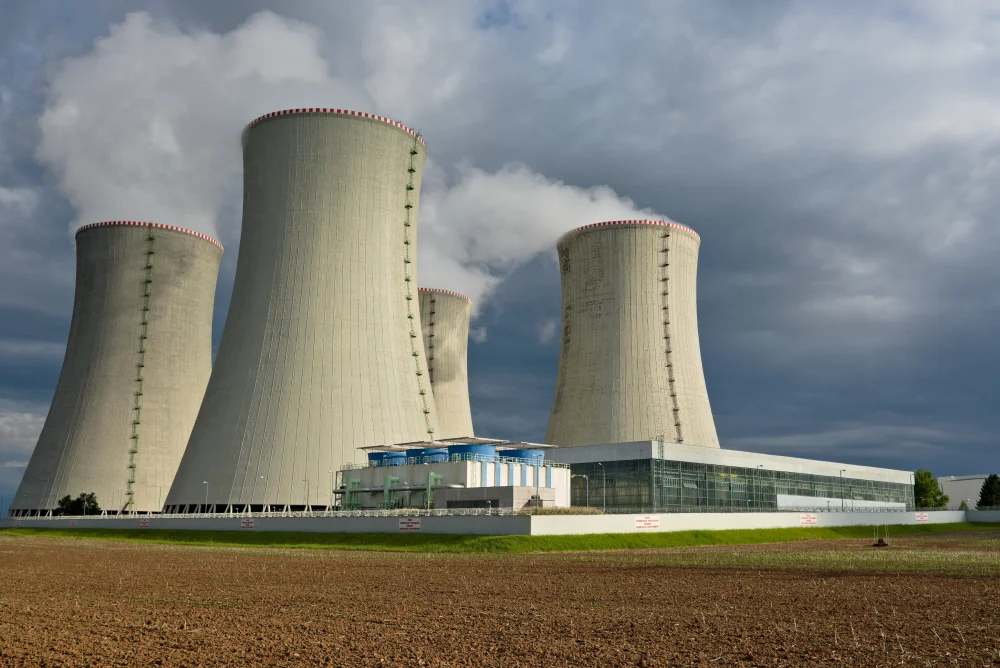
Is nuclear energy a renewable source of energy? While nuclear energy is considered a clean and efficient alternative to fossil
Get $50 off your electric bill!
Use code BKVEJOINUS50
Enter your zip code to shop BKV Energy's affordable, fixed-rate Texas electricity plans. Use the promo code for $50 off your electric bill.